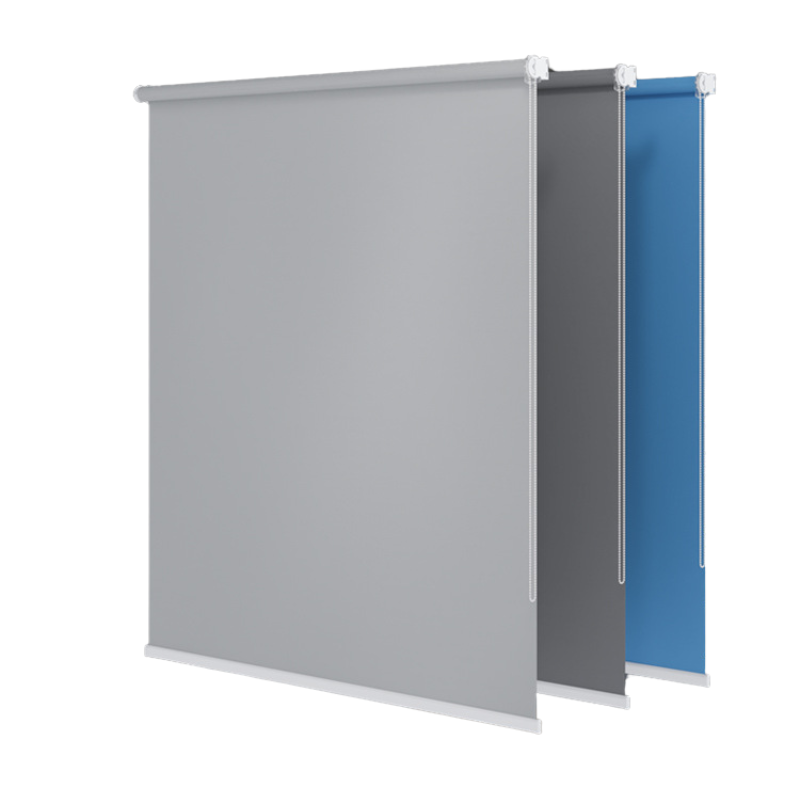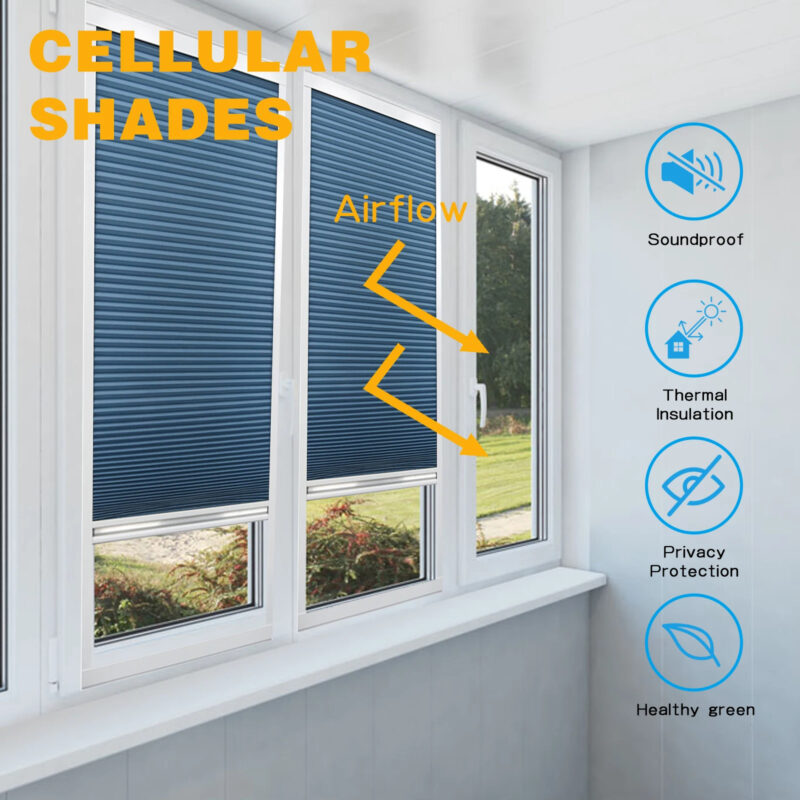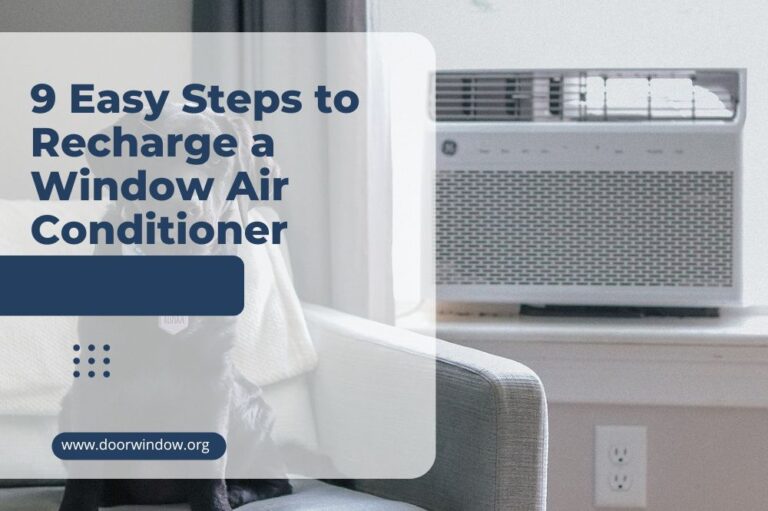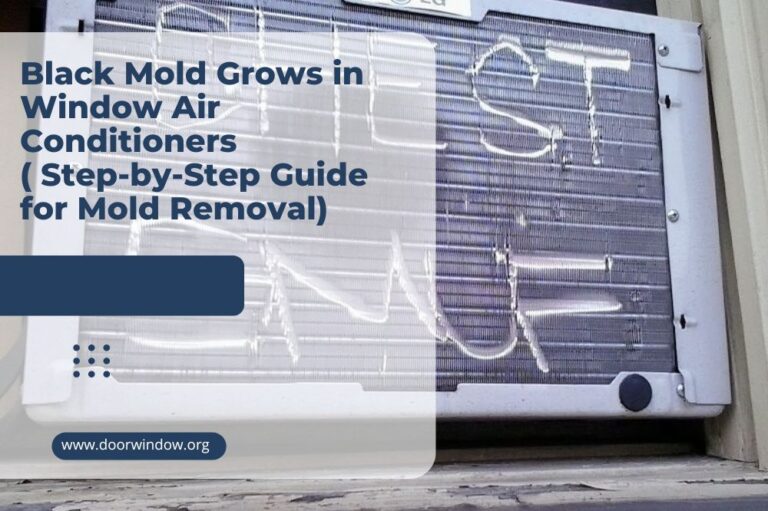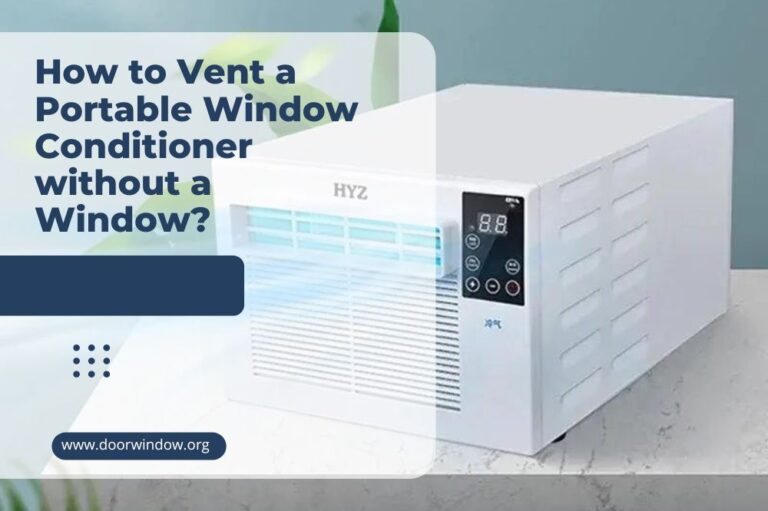Air Conditioner Running But Not Lowering Temperature (Causes & Solutions)
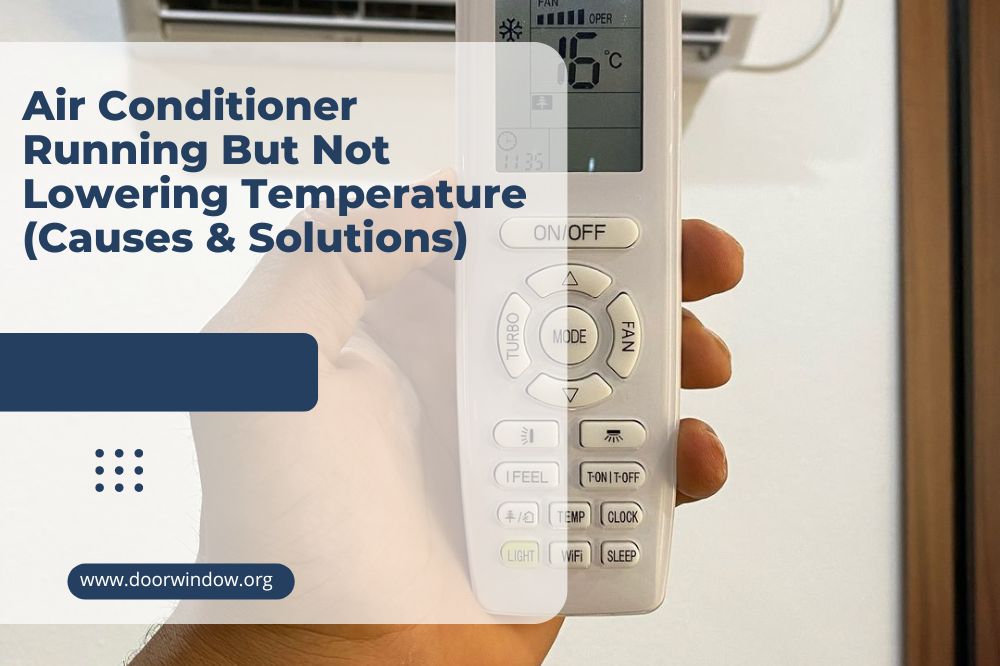
A lot of people depend on their AC to cool their houses, especially during summer. But what happens when you have an air conditioner running but not lowering the temperature? It can be frustrating not knowing what the problem is.
Here’s where some people will just buy a new AC system thinking that it’s broken, but not everyone can afford a new unit. Thankfully, there are many ways to solve this issue and get that cool air you crave. Let’s look at all the potential problems and their solutions.
Why is the Air Conditioner Running but Not Lowering the Temperature?
If you’re dealing with this problem, you’ll need to find the cause of it. Here we’ll look into the possible reasons why your AC is running but not lowering the temperature.
Determining the cause will make it easier for you to solve the problem without needing to pay for a new system. So with that, here are the reasons why your AC isn’t working how it should.
1. Incorrect Thermostat Settings
If your air conditioner isn’t working as it should, one of the first things you need to check is its thermostat settings. Usually, a simple error in these prevents the air conditioner from cooling properly.
Ensure that your thermostat is set to “cool” since leaving it on “heat” will prevent it from lowering temperatures. It’s a simple error but something everyone’s accidentally done at some point or other.
If the temperature still doesn’t drop in a few minutes after setting it to cool, you should check the temperature level. If it is not low enough, your air conditioner won’t provide adequate cooling for your home.
2. Clogged or Blocked Condenser Coil
Another possible reason your air conditioner isn’t lowering temperatures is a clogged or blocked condenser coil. Properly operating the air conditioner’s condenser fan draws air through the condenser coil into the outdoor unit. It also pulls heat energy out of your home.
Check the fins for accumulated dirt and other airborne debris clogging the coil. A clogged one causes the AC to perform less efficiently. The worst thing to happen is complete compressor damage or shut down due to overuse.
To solve this problem, you can try cleaning the coil by removing the debris. You can gently rinse it off with a hose or carefully vacuum using a brush attachment. If your air conditioner still doesn’t give off cool air, it’s time to seek a professional.

3. Dirty Air Filter
When it comes to air conditioning issues, most professionals first recommend replacing your dirty air filter. In fact, you should change this every two months, but it’s one of the things that people often forget. If you have pets, you may need to replace the filter once a month.
A clogged air filter restricts airflow in and out of the unit. As a result, your air conditioner is unable to cool your home despite it running at its maximum capacity.
4. Leaking Ductwork
Your air conditioner’s ductwork plays an important role in cooling since it serves as a delivery system for cold air. Even a small hole in the ductwork may prevent your air conditioner from delivering cool air.
A running air conditioner with no changes in the temperature may indicate that there’s a problem with its ductwork. Other signs include high electric bills and excessive dust. Sometimes, issues in the ductwork only require a simple fix, like a loose joint.
5. Broken Fan or Fan Motor
Other essential components of an AC are its fan and fan motor. They’re responsible for bringing cool air from the condenser, which is then directed into your home. If either of these is damaged, your air conditioner won’t be able to redistribute cold air from the condenser.
It’s a good idea to take off the casing and inspect the internal components. Even an untrained eye is likely to spot a broken fan or motor.
6. Leaking Refrigerant
Your air conditioner needs a refrigerant to function properly. This chemical extracts heat and humidity from indoors before it goes outdoors.
If the refrigerant is leaking, your air conditioner will perform poorly. If this issue isn’t addressed, it may lead to a complete unit shutdown.
When it comes to refrigerant problems, it’s best to call an HVAC technician. They can check your AC’s refrigerant levels and make necessary fixes to allow the unit to work efficiently.
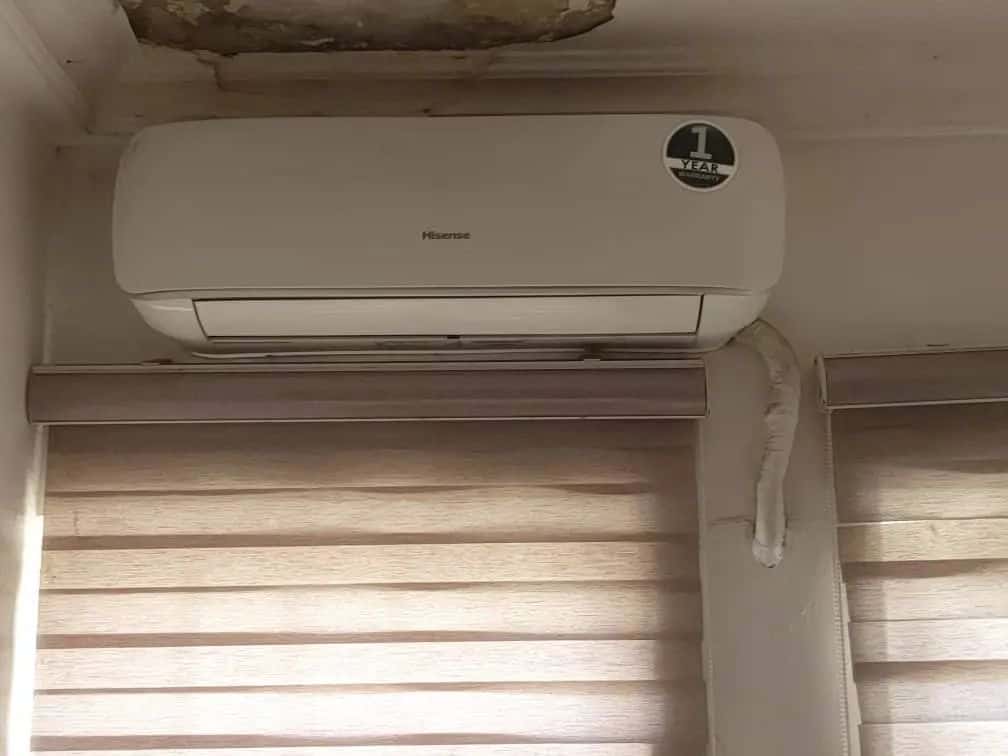
7. Frozen Evaporator Coil
If you have a central air conditioning unit, its evaporator coil is typically in its cabinet or attached to the furnace. This is where warm indoor air passes to remove heat energy and humidity to circulate cool air back into your home.
You can check for several signs of a frozen evaporator coil, which include the following:
- Provide inadequate cooling
- Higher utility bills
- Frost forming on the copper refrigerant tubing from the coil cabinet
- Excessive condensate drainage
If you notice any of these signs, address the issue as soon as possible. Once you see that your AC’s evaporator coil is frozen, the first thing to do is switch off your unit. It should finish defrosting while you’re inspecting the air conditioner for possible reasons why it’s not providing cool air.
Accessing the evaporator coil is difficult, so it may also be challenging to resolve issues on this part of your air conditioner. So, it’s best to have an HVAC professional handle this problem.
8. Air Conditioning Wasn’t Properly Installed
If your air conditioner is new and doesn’t efficiently provide cool air, it’s possible your unit isn’t set up accordingly. If it’s a central air conditioning system, it has more components than window air conditioners, and these need proper installation.
If you aren’t familiar with installing an air conditioner, it’s best to seek a professional to make the necessary adjustments. Avoid trying to do things on your own since it can further damage your unit or even void your warranty.
9. Excessive Condensate Drainage
It’s normal to have water running out of your air conditioner’s condensate tube. But you won’t notice the condensation if your unit is in a healthy condition. That’s because water drips into a pan and runs out via condensate lines.
If you see condensation in your home, your unit needs repairing. Excessive water dripping means that one or more of its parts are malfunctioning.
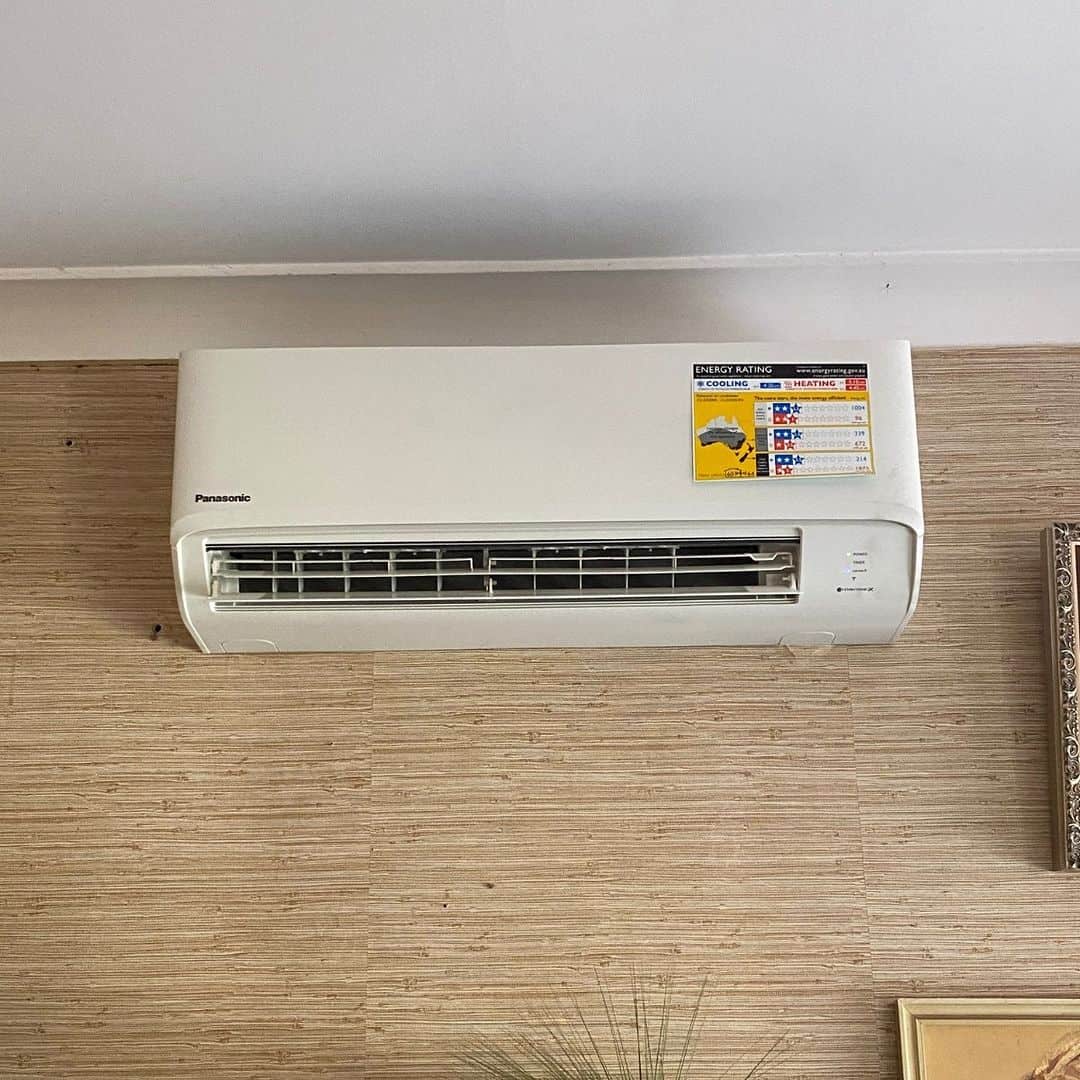
10. Your AC is Undersized
Is this cooling issue you’re dealing with relatively new? If you’ve recently added an extra livable square foot in your home, notice how your AC’s running differently. It’s working, but the room’s temperature isn’t getting colder.
A possible reason for this is your air conditioner can’t handle the workload because of the increased demand.
Remember, these units are sized based on the amount/capacity of cooling they can offer. These are measured in BTUh or British Thermal Units per hour.
Under moderate circumstances, you won’t notice any problems if you’re using an undersized air conditioner. But once the temperature outside starts rising, your unit may end up running for longer periods and struggling to keep everything cool.
- Determining the Size of Your Unit
You can determine the size of your air conditioner based on the rating details on its cabinet panel. However, it can be challenging to determine if it’s the ideal size for your home.
There are numerous factors involved when measuring a system for your home. These include the quality of insulation and construction, square feet, local climate, etc.
If you have an undersized AC, it’s possible to offer cooling in problem spots by adding ductless units. These will help cool hot spots. Now, if your unit is too big, it’ll frequently cycle on and off, thus, will draw excess energy.
We think it’s better to replace it with an AC that’s correctly sized. And the best way to address the issue is by speaking with an HVAC professional. They can better assess your home and its ideal cooling capacity.
11. Your Air Conditioner is Old and Needs Replacement
If you’ve been using your air conditioner for ten or more years, that’s likely the reason it isn’t performing well. Like any device, air conditioners age, and their components break down over time, making them unable to cool your home.
Even if you take care of your unit and regularly maintain it, your air conditioner will eventually lose power and efficiency. If it’s already over ten years old, it may not be able to properly cool your home like when it was new.
Conclusion
If you notice your air conditioner running but not lowering the temperature, it likely has a minor issue that can be solved quickly. However, it could also be a serious problem that will require an HVAC technician.
Continuously using your air conditioner that isn’t properly cooling can lead to a major component failure. In the worst cases, you might have to replace your entire unit. You could also be expecting too much from your undersized air conditioner.
Regularly check for dirty filters, leaks, and damaged components to maintain your AC’s optimal performance. Also, seek professional help from an HVAC technician, especially if it’s a major problem.

